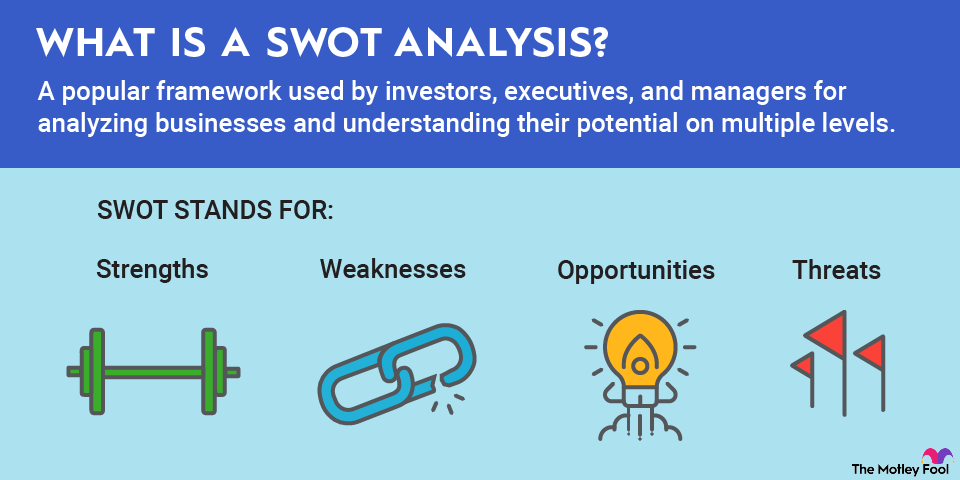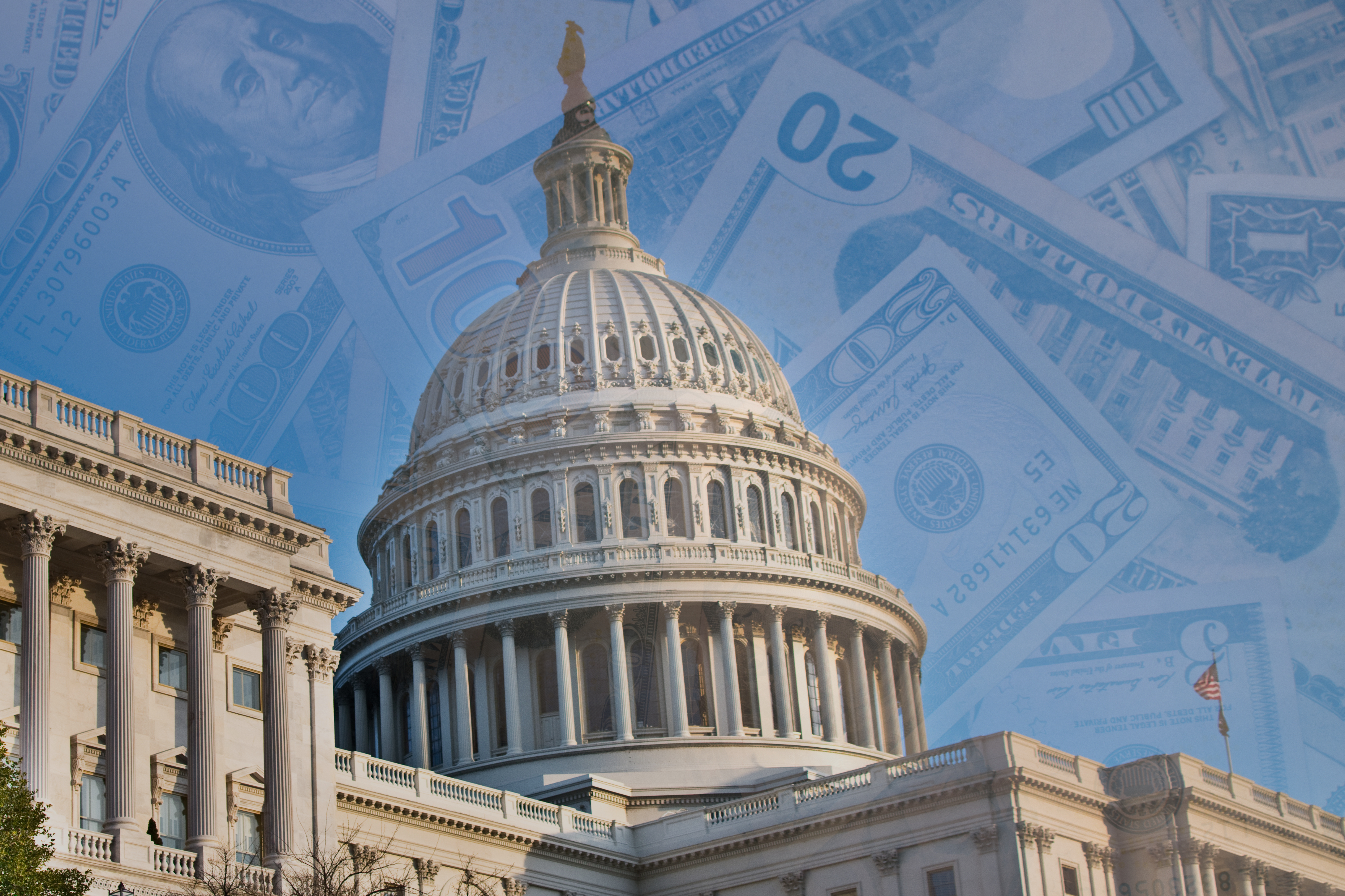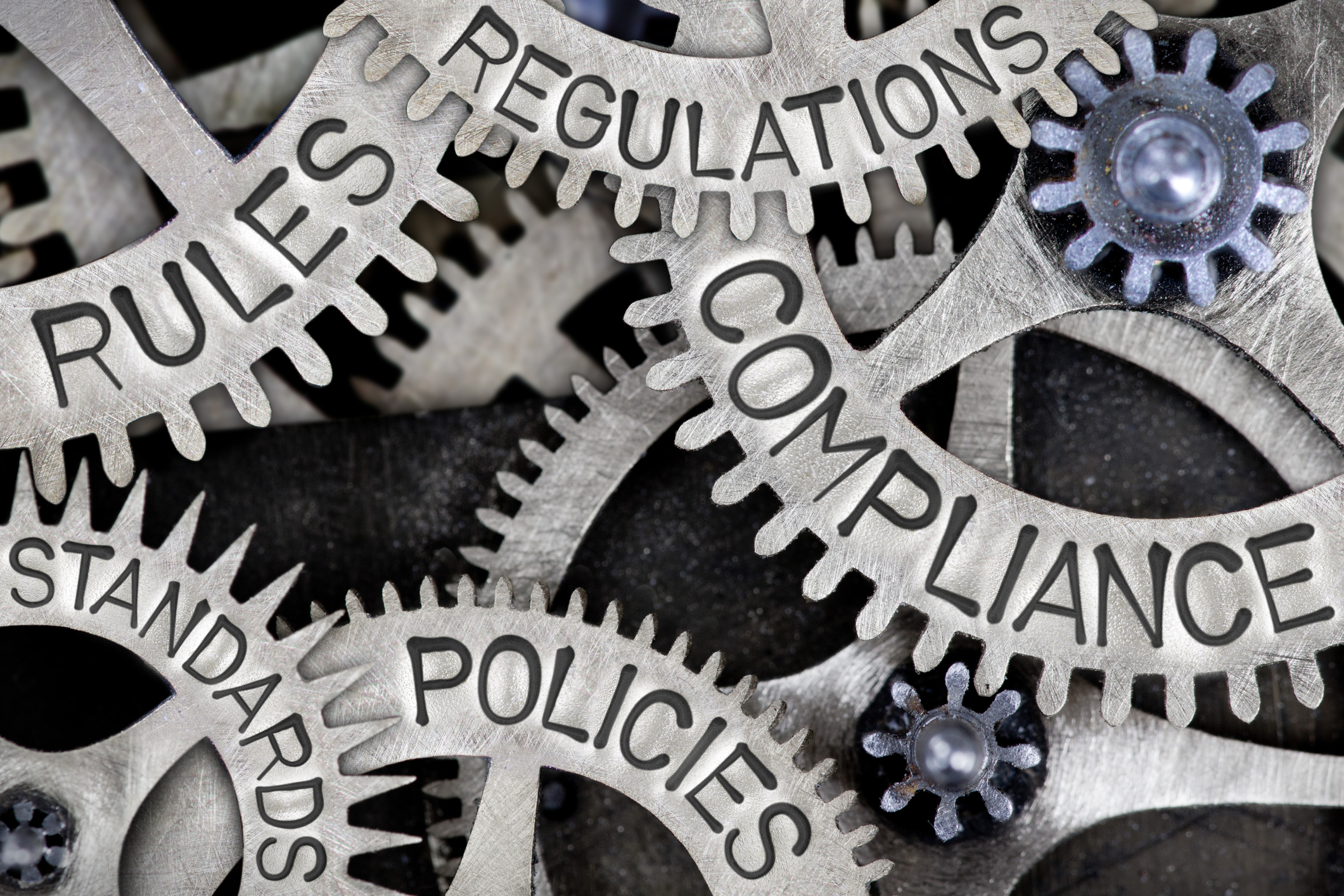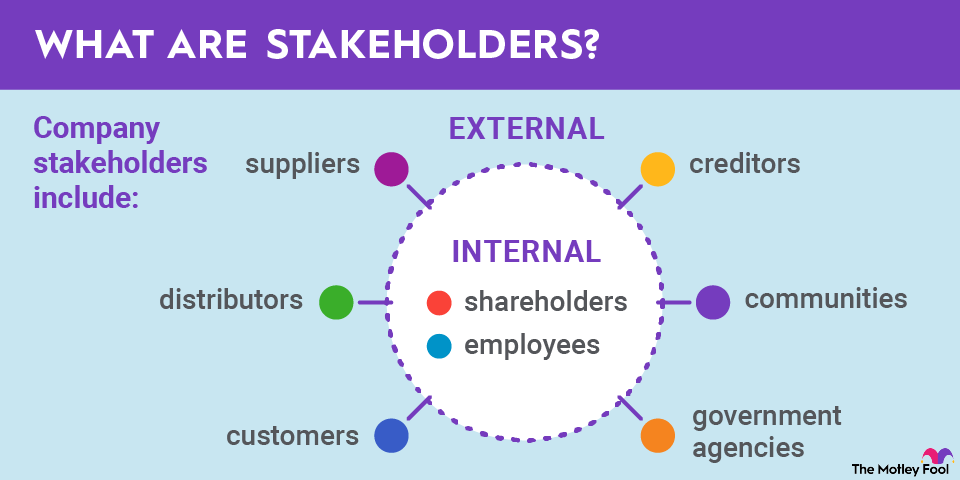Do you ever think about the reasons people keep their old phone plan or never change their bank despite having issues? Sometimes, they feel like they can't -- they've experienced a switching barrier. These can be used for both good and evil, depending on who you are in the situation. Read on to learn more.

What are switching barriers?
Every company wants brand loyalty from its customers, but sometimes, loyalty comes from less-intended places. Take switching barriers, for example. These are barriers, real or perceived, that prevent customers from changing brands or suppliers.
But it's not just an issue for human customers. Businesses also experience switching barriers that can be costly and cumbersome to overcome. For example, if your company changes raw materials suppliers, it may cause a hiccup in production, which will cause a shortage, perhaps a loss of income, and other serious downstream consequences.
Positive vs. negative switching barriers
Switching barriers can be both positive and negative, although we tend to associate this with mainly negative effects. For example, a negative switching barrier could be a cancellation fee if you switch phone carriers before your contract is up. It's negative because you have a punitive experience -- in this case, an added fee before you can make a switch.
A positive switching barrier, on the other hand, is the kind you want to create if you're a business. These barriers don't hold people as customers because the customer knows they'll experience something painful, like extra fees. Instead, customers hesitate to change because they're afraid they'll lose something great. That great thing might be your superior customer service or your unbeatable reputation.
Why do people switch providers anyway?
People and companies switch providers for any number of reasons, but common causes of switching, even with switching barriers, include:
Inadequate customer support
Customers will often change suppliers when they experience problems with customer service. This might be caused by customer service that was once great but now consists of an endless phone tree of numbered choices or increased automation for issues that are difficult for a customer to navigate. It might simply be caused by customer support being outsourced to another company or overseas, leading to serious quality issues.
Product pricing
No matter how good a product or service is, price can get in the way of a customer's happiness. If they perceive a product to be similar to another, they're always going to choose the one that's less expensive. Why wouldn't they? Sometimes, though, even introductory rates are enough to motivate customers to switch providers, which can make it tricky to compete.
Consistent delivery issues
No matter how great your product and customer experience are, if what you're selling doesn't show up on time or is a huge hassle to have delivered, customers may switch providers. Sometimes, it's genuinely not even the manufacturer's fault but the fault of a third-party delivery company. In this case, the manufacturer needs to take note of the issues and find a different delivery company to cover specific areas or offer delivery options.
Related investing topics
Why do switching barriers matter to investors?
If you're considering investing in a stock that's a provider of services or goods, switching barriers should be at the top of your mind. After all, if your company isn't keeping up with the stuff customers care about, no amount of barriers in the world is going to stop the outflow. On the other hand, having a great company with great products and support may lead to more positive switching barriers than usual, which is great for the bottom line.
You may also run into switching barriers yourself when you're considering investing in more boring financial products like certificates of deposit or money market accounts. You may find that the rate at your own bank is lower than you could get, say, at an online bank, but a lack of familiarity with the other bank creates a switching barrier that costs you very real money.



















